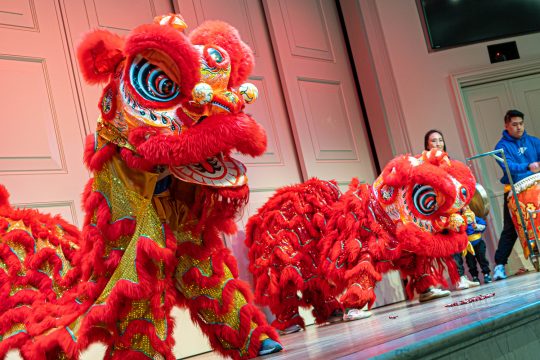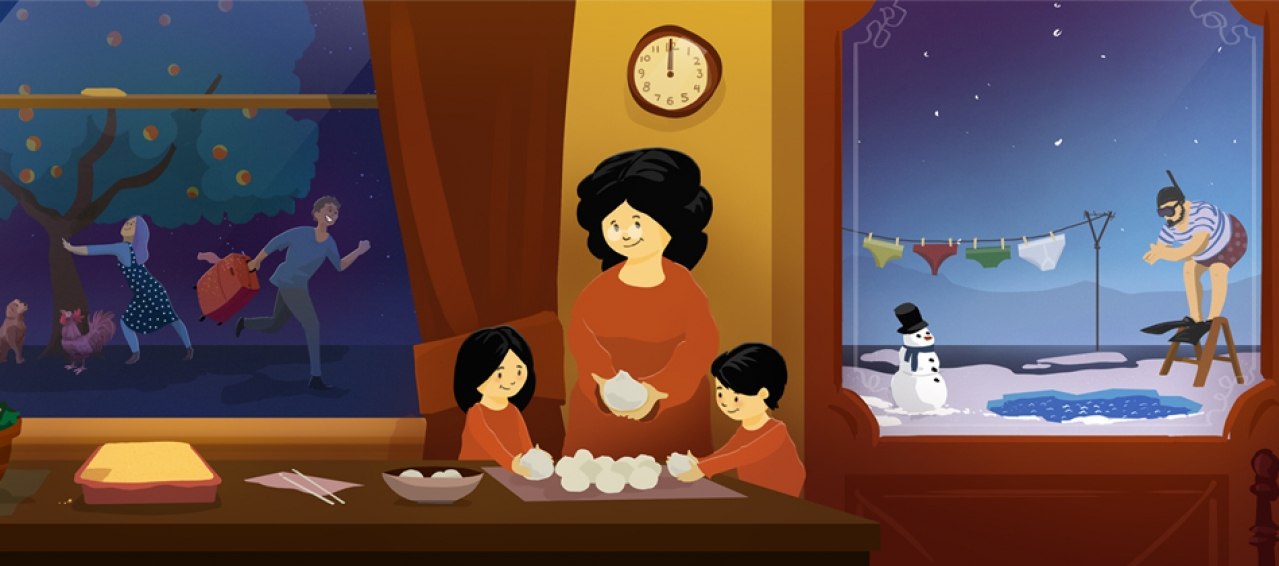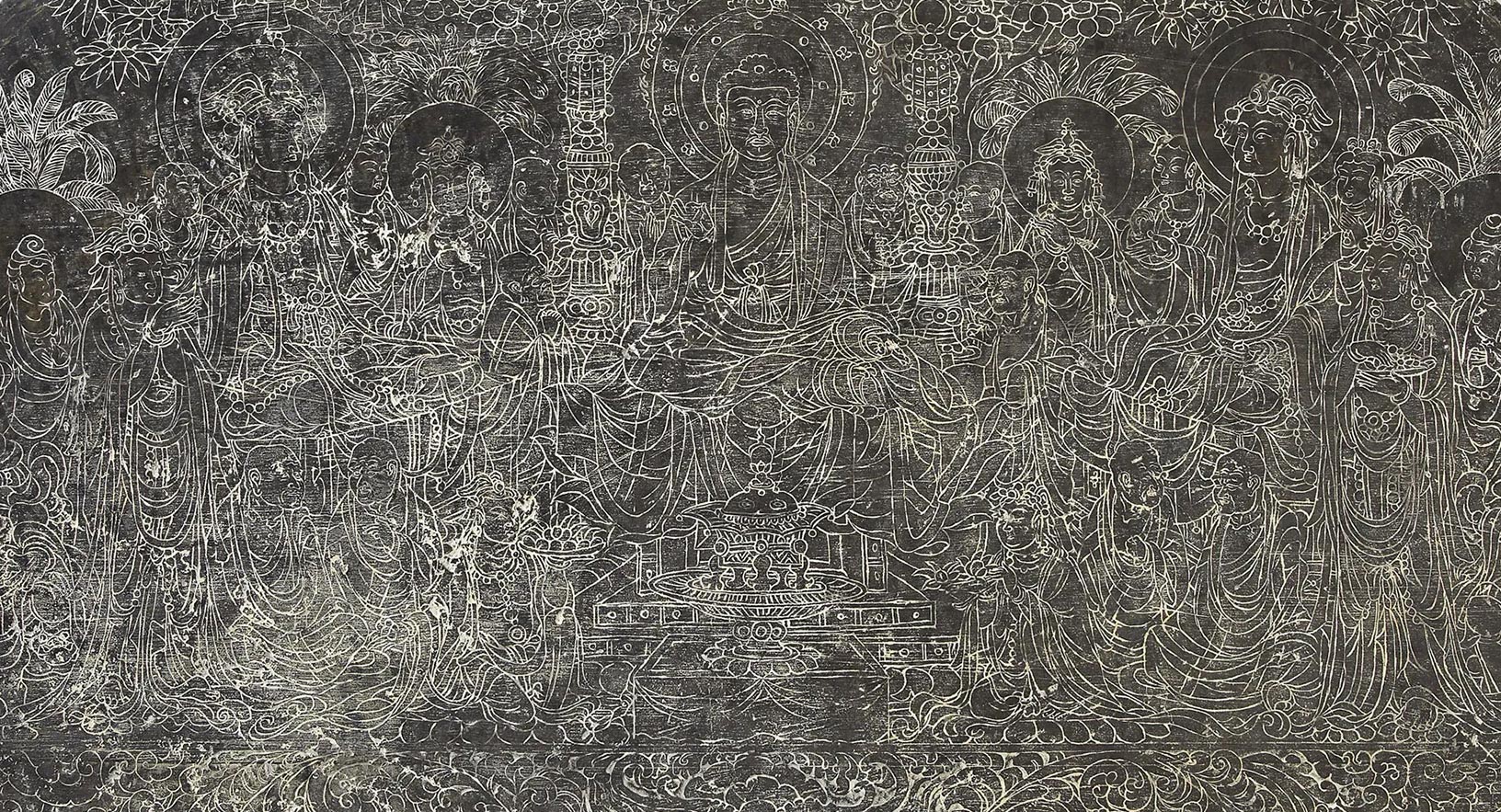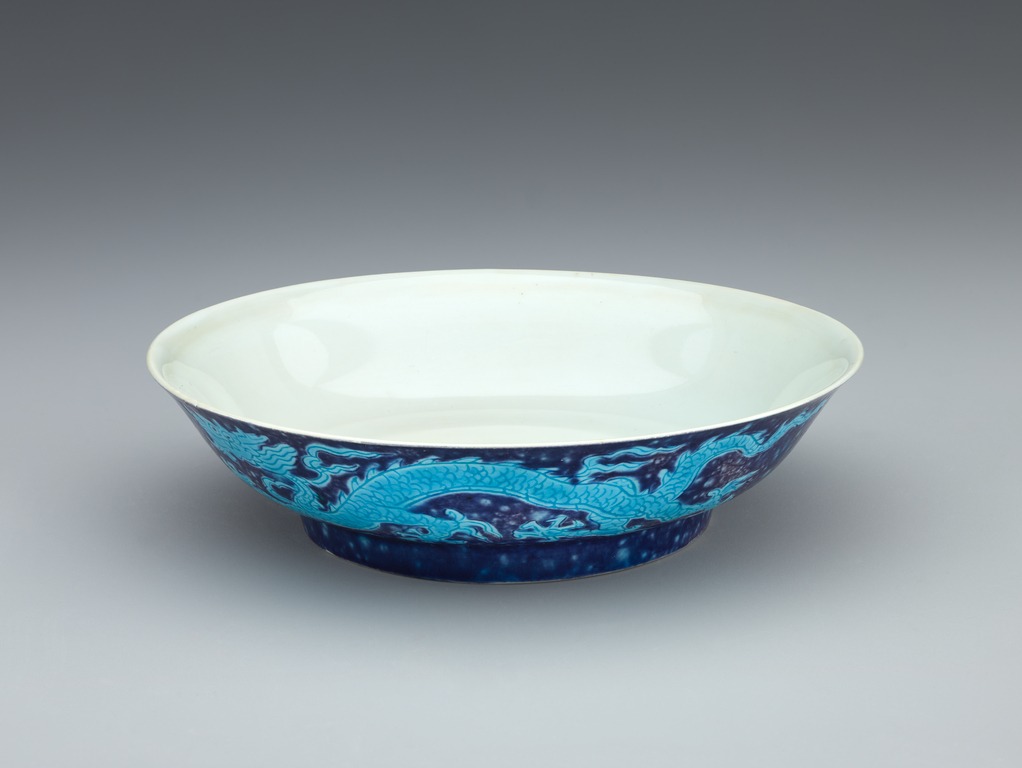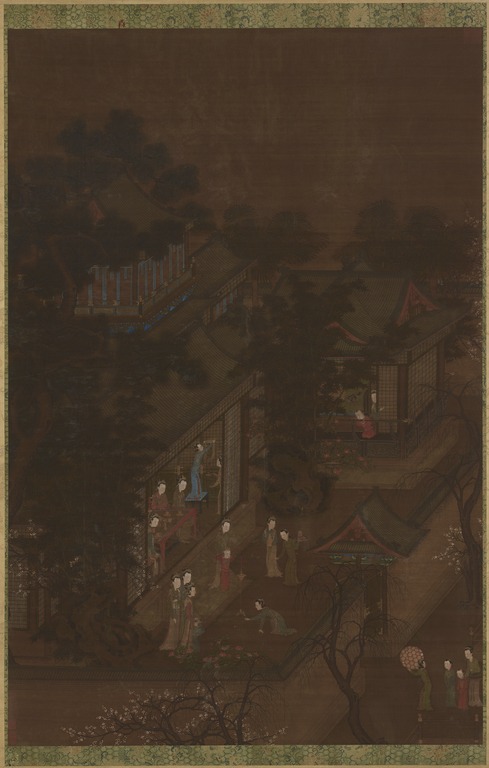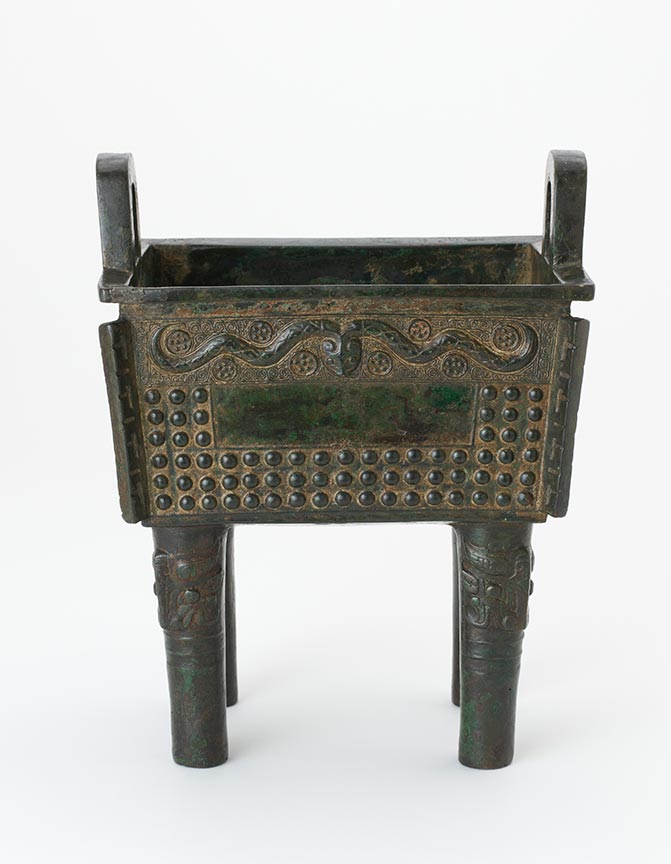Lunar New Year is a celebration of the arrival of spring and the beginning of a new year on the lunisolar calendar. It is the most important holiday in China, and it is also widely celebrated in South Korea, Vietnam, and countries with a significant overseas Chinese population. While the official dates encompassing the holiday vary by culture, those celebrating consider it the time of the year to reunite with immediate and extended family.
Commonly known as the Spring Festival in China, Lunar New Year is a fifteen-day celebration marked by many traditions. At home, families decorate windows with red paper cuttings and adorn doors with couplets expressing auspicious wishes for the new year. Shopping for holiday sundries in open-air markets and cleaning the house are also beloved traditions. The Lunar New Year’s Eve reunion dinner is the highlight that kicks off the holiday, a feast with a spread of symbolic dishes, such as a whole fish representing abundance, that bring good luck and fortune. The fifteenth and final day of the holiday is the Lantern Festival, during which people have tangyuan, or sweet glutinous rice balls, and children carry lanterns around the neighborhood at night to mark the end of the celebration.
In the Chinese zodiac, 2025 is the year of the snake. Different regions across Asia celebrate Lunar New Year in many ways and may follow a different zodiac. We also acknowledge that many Asian Americans and Pacific Islanders do not observe the Chinese/lunar zodiac.




